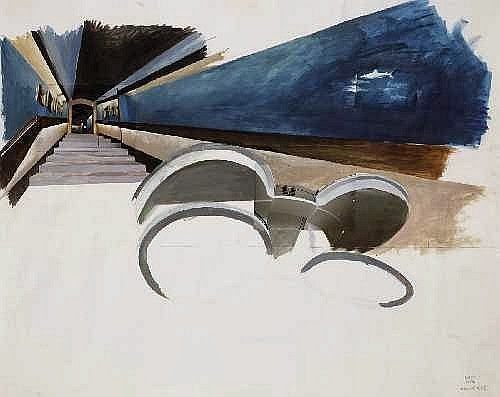Contour Lines are the most fundamental building material of a drawing! They are the most efficient way to give a drawing structure and describe the basic facts of form.
We often think of contour lines just as outlines, but this is not the case. If we only pay attention to the outmost edges of a form, then we end up with a silhouette. A kind of flat paper cut-out form. By following the contours along the edges of a form as well as throughout a form, you can begin to describe volume.
 |
| Henri Matisse, Roses |
The petals of a flower are a great example for this. By following all the contours of the flower, every meeting of two edges, the flowers start to look three dimensional although they are described only with line.
See the way Matisse follows the shapes of each form, looking for contours inside the form, to give volume.
 |
| Matisse, still life drawing |
 |
| Matisse, still life drawing |
Another way to think about how contours can be more than just outlines, you can think of the construction of a jacket. The way all the pieces are sewn together gives the flat fabric three dimensional form, to fit a torso and arms. Following the seems in clothing, if you are drawing a figure, is a good practice for getting used to finding the inner contour lines.
 |
| David Hockney |
David Hockney is a contemporary British artist born in 1937. He is well known for his paintings, drawings, collages and more recently, even iPad drawings. Hockney is an artist that is very interested in the technique of observation, and how art can capture what we see. He has experimented widely with optics, such as the Camera Obscura.
























